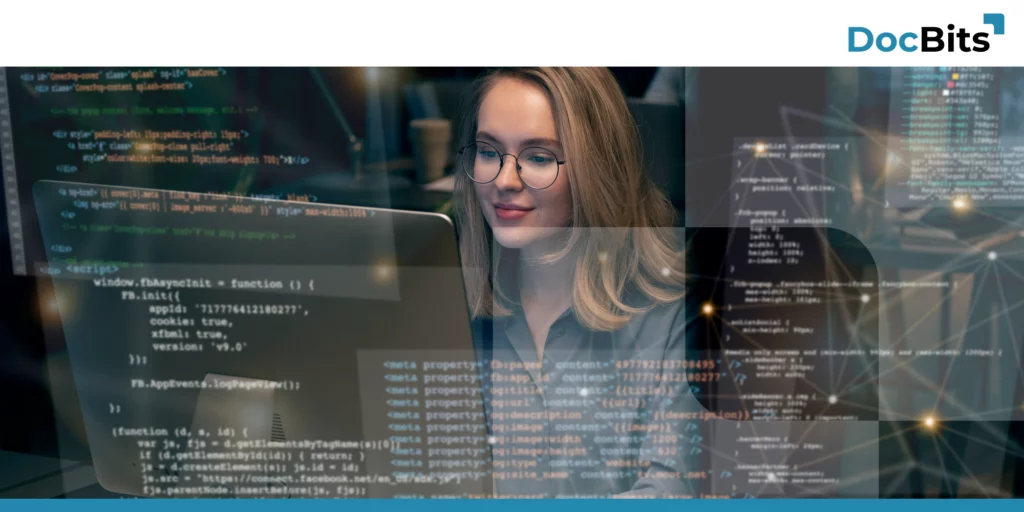How low-code platforms with CRM can help you grow your business

In this blog post, we discuss the benefits of using a low-code platform with CRM to grow your business.

In this blog post, we discuss the benefits of using a low-code platform with CRM to grow your business.